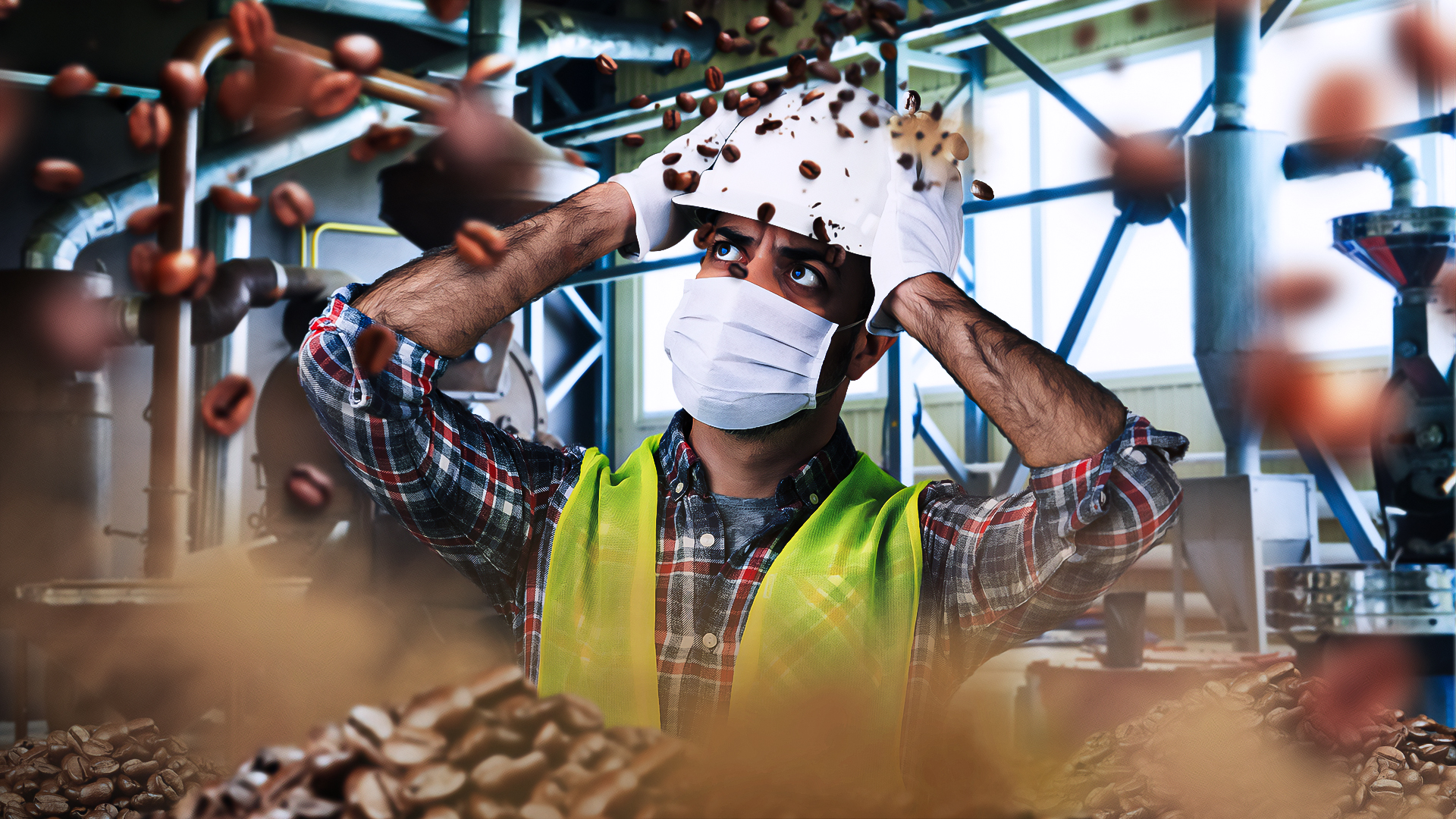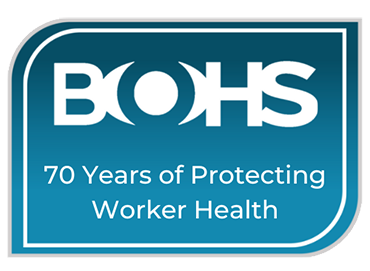The Risks of Exposure to Diacetyl Vapour
The HSE recently announced in a safety alert that diacetyl vapours from coffee roasting can lead to severe and irreversible lung disease when regularly inhaled. Diacetyl is an aromatic organic compound (which can also be manufactured synthetically) with a distinct buttery flavour and can also be found in many popular food and beverage products such as some beer types, wines, fruit juices, and dairy products like butter, yoghurt and cheese.
Any process which includes the use of diacetyl, food flavourings that contain diacetyl or is likely to produce diacetyl must be risk assessed. Even at low concentrations, exposure to its vapour may be above safe workplace exposure limits (WELs). Synthetic diacetyl is classified as a hazardous substance. It is toxic if inhaled, can cause skin irritation and eye damage by contact and harmful if swallowed.
There is currently no known risk in the consumption of diacetyl in food and beverage products. However, when airborne, diacetyl can pose a health risk. In the early 2000s, a link between microwave popcorn factory workers and a disabling lung disease raised suspicions regarding the safety of using diacetyl and generating the phrase ‘Popcorn Lung’.
What is Diacetyl?
Diacetyl is a compound, also known as 2,3-butanedione, and is a by-product of coffee roasting that is often used as an additive in food products or a flavouring, due to its strong buttery taste. Heating diacetyl above certain temperatures significantly increases airborne concentrations and the potential for exposures above safe workplace limits.
What are the Health Risks Associated with Diacetyl?
Diacetyl vapours have been linked to 'Bronchiolitis Obliterans' a rare but incapacitating lung disease characterised by swelling, inflammation and permanent scarring and narrowing of the airways. Airborne concentrations and the potential for exposures above safe workplace limits are significantly increased if flavour mixtures containing diacetyl, even at low concentrations (below 5%) are heated, added to hot processes or spray-dried.
Who is at Risk from Diacetyl Exposure?
Diacetyl poses a risk to those working in the food and beverage industry. Risk of exposure can occur during:
- opening of diacetyl or flavouring containers
- decanting and weighing
- mixing
- spray drying to produce powdered mixtures
- packaging
- cleaning of vessels or spillages.
As part of the HSE Action Required steps, substituting diacetyl for a safer, alternative product is advised.
What are the Exposure Limits?
WELs for diacetyl are at 20 parts per billion (ppb) or 0.02 parts per million (ppm) over an 8-hr time-weighted average (TWA) and 100 ppb or 0.10 ppm over a 15-min TWA period.
How can you Control the Risk of Exposure to Diacetyl?
Steps towards safe working conditions include:
- Keeping the flavouring at a low temperature (below 4°C) as this will significantly reduce vaporisation
- Enclosing the process and use of extraction, to control diacetyl vapour emissions at the source
- For coffee manufacture, cool the coffee beans (to at least below 20ºC) pre-grind.
- For diacetyl flavouring manufacture and use, add the flavouring at the last stage of production and via an enclosed or automated system
- Where the above controls do not reduce exposure below the WEL, you should consider providing suitable personal protective equipment (PPE), including suitable respiratory protection equipment (RPE).
Exposure limits can be determined by using a PID detector. PID detectors with a 10.6eV lamp can accurately detect 2,3-butanedione (diacetyl). PIDs can be used as part of a walk-through survey or permanently installed for constant surveillance of high-risk areas.
For more information on how to detect and measure diacetyl, contact Shawcity to discuss your options or to book a free site survey:
Tel: 01367 899553 or email: solutions@shawcity.co.uk.
Contains public sector information published by the Health and Safety Executive and licensed under the Open Government Licence.

-1.png)









